Inside Maximum Security: The Power of a Documentary
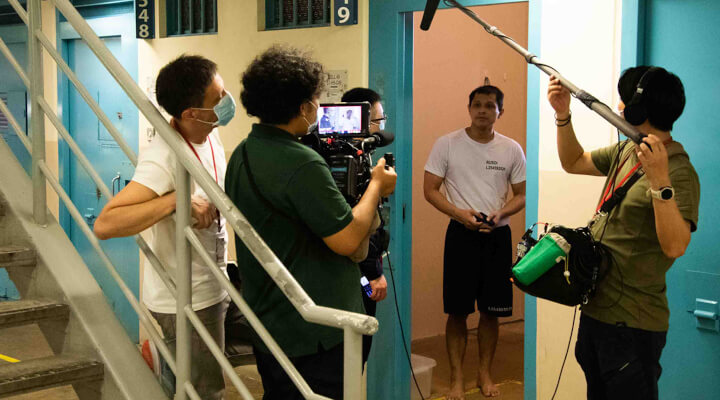
“Outside, you can smell the vast field, the grass, the trees, cigarette smell, perfume. In prison, you can only smell walls.”
For 18 months, that was the reality for Mr Muhammad Khairil. He was one of five inmates featured in Channel NewsAsia’s (CNA) docuseries Inside Maximum Security.
Released in 2022, the docuseries offers a raw look at the lives of five inmates as they navigate life behind bars. Audiences were offered a new depth of insight into Singapore’s prison system, from straw mats for beds to prison school.
A year on, Deputy Superintendent of Prisons (DSP) Ravin Singh, Assistant Director (Corporate Communications) at the Singapore Prison Service (SPS), looks back on the show’s success and its impact today.
“With this being the first ever in-depth look at life behind bars, we did expect it to be well-received,” he said. “However, we certainly did not expect it to be so popular that it would become a top trending video in Singapore on YouTube in 2022.”
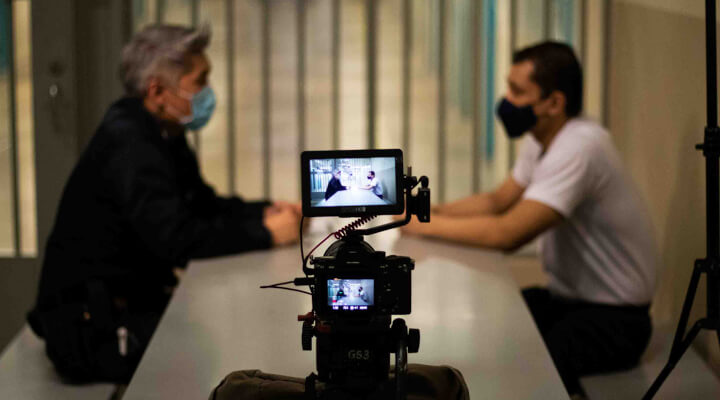
The Germ of an Idea
The idea to create a documentary on prison life surfaced when the SPS was developing their Communications Masterplan.
The team noted that people were curious about what went on behind prison walls, DSP Singh said. Moreover, a documentary could demystify the work done by the SPS and humanise both prison officers and inmates at Changi Prison Complex.
From there, the idea to reach out to CNA was brought to life. After several rounds of discussion, the producers decided to focus on Changi Prison Complex’s Institution B1, a maximum-security prison that houses some of Singapore’s most hardened inmates.
The next step was to cast inmates. A total of 22 inmates volunteered to be featured in the series. Among them, CNA selected those who were most comfortable in front of the camera and willing to share their identities and stories with the public.
A key motivation for the featured inmates to participate was to have to commit to their rehabilitation, said DSP Singh. By revealing their stories for the world to witness, they hoped they would renounce the life of crime and drugs.
DSP Singh added: “They also hoped that by sharing their stories, others would not make the same mistakes they did.”
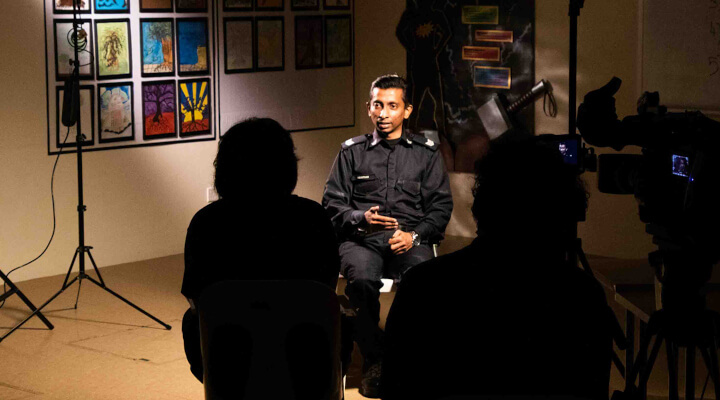
The Nuts and Bolts of Filming in Prison
There were, however, some practical considerations for filming in a maximum-security facility. In an interview with CNA, the producers revealed that security checks took time, as many pieces of filming equipment had to be checked. Items like cash, coins and handphones were also prohibited.
Additionally, the SPS had to ensure that the filming, which took place over four months, did not disrupt the day-to-day operations of the prison. The identities of inmates who did not agree to be featured also had to be protected.
Many inmates were curious about the filming, said DSP Singh. But though they were initially conscious of the cameras, they eventually got used to the presence of the filming crew and went about their daily routine as normal.
It may come as a surprise that SPS did not get to preview the series before it aired. They were also not involved in any of the post-production work. “We got to watch it only when it was released on TV, together with the rest of Singapore,” said DSP Singh.
Said DSP Singh: “We were thankful that the CNA crew was very professional in putting together a very balanced perspective of what life inside our prison is like.”
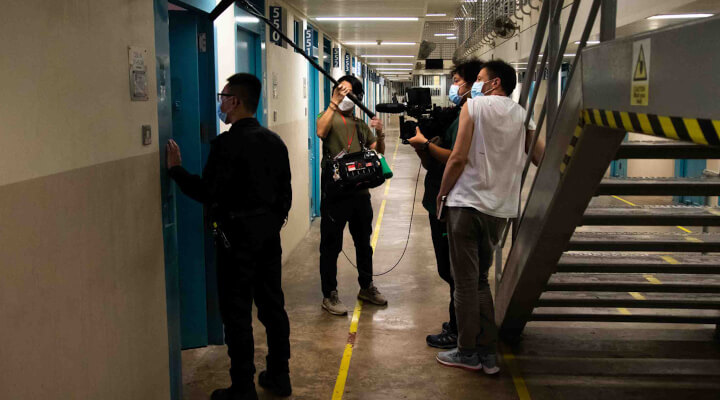
Real Stories, Real Success
In an era where information space is competitive, there is a need to come up with novel ways to educate the public, said DSP Singh.
Inside Maximum Security is an example of this. And it proved to be successful: The series has garnered more than 12 million views on YouTube to date. In June 2022, it also received an award for Best Documentary (Human Relations and Values) at the World Media Festivals, and was later picked up to be streamed on Netflix and even on Singapore Airlines flights.
For DSP Singh, the success and popularity of the series would not be possible without the teamwork of the SPS team, SPS senior management, colleagues from the Ministry of Home Affairs, and the CNA producers and crew.
“Credit also goes to the inmates featured, for being brave enough to share their stories with an external audience,” he added.
To DSP Singh, who has worked in the SPS for almost eight years, the series has fulfilled the SPS objectives of humanising officers and inmates.
He shared how members of the public have approached cast members who have been released to give words of encouragement, or even request for photographs.
Said DSP Singh: “This made me realise that Singaporeans have become more accepting of giving second chances to offenders.”
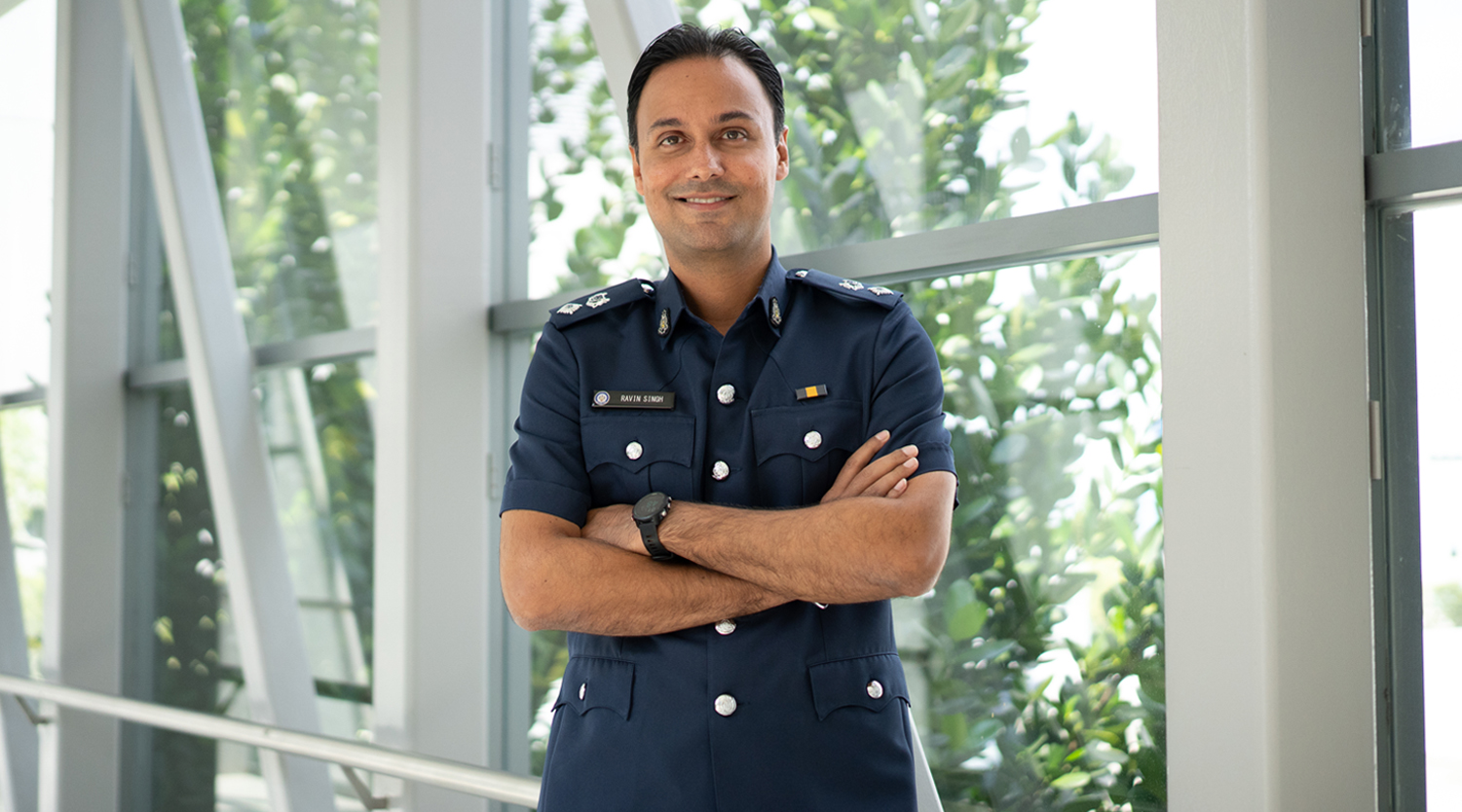
Changing Lives: From Teacher to Prison Officer
For seven years, Mr Ravin Singh worked as a Geography teacher in a junior college, imparting wisdom and knowledge to young minds.
But DSP Singh was always fascinated with what went on behind prison walls. In 2015, he decided to join the SPS – and he has not looked back since.
As it turned out, the skills he gained as a teacher were relevant in his early roles at the SPS.
“When I was working with inmates, I had to put on different ‘hats’ when dealing with them: disciplinarian, mentor and counsellor,” said DSP Singh. “It’s very similar to when I was a teacher.”
DSP Singh, like many others, once had preconceived notions about convicts. He recalls his experience meeting individuals with electronic tags attached to their ankles prior to joining the SPS.
“I was of the impression that these were dangerous or violent people,” he said.
But working at the SPS has changed his outlook. Now, he understands that such individuals are simply people who have made wrong decisions and are working on reintegrating back into society.
He said: “No matter how notorious one can be, there is always hope that one can change for the better.”
- POSTED ON
Jul 12, 2023
- TEXT BY
Erin Liam
- PHOTOS BY
Courtesy of the SPS









